Mount Vesuvius erupted in 79 A.D. and buried both Herculaneum (a Greek city) and Pompeii (A Roman city). Excavations at the sites began in the 1700's. They found no survivors. But Herculaneum was surprisingly intact, including organic matter such as wood, plant materials and even papyrus scrolls in the city's library. The city was covered by 60 ft of solidified volcanic ash which protected the structures even though it didn't do the population a bit of good.
Here are a few Herculaneum images:
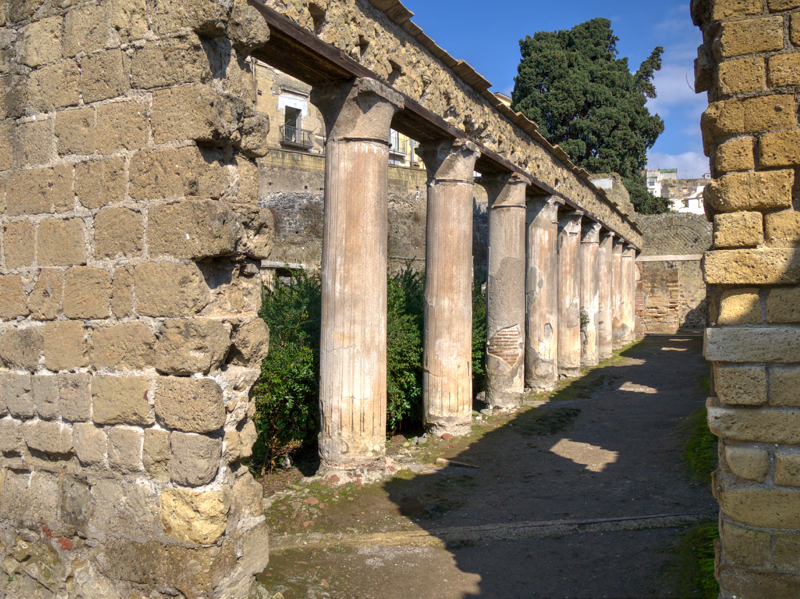
Even delicate frescoes survived the catastrophe. They can be seen on numerous walls.
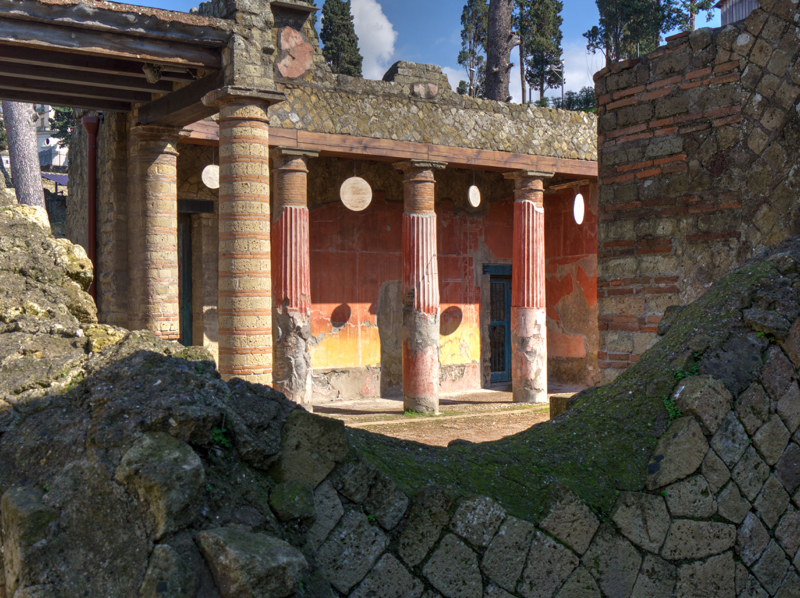
Numerous statues survived, but the majority of them have been moved to museums (mvsevms). Only a few remain on the site:
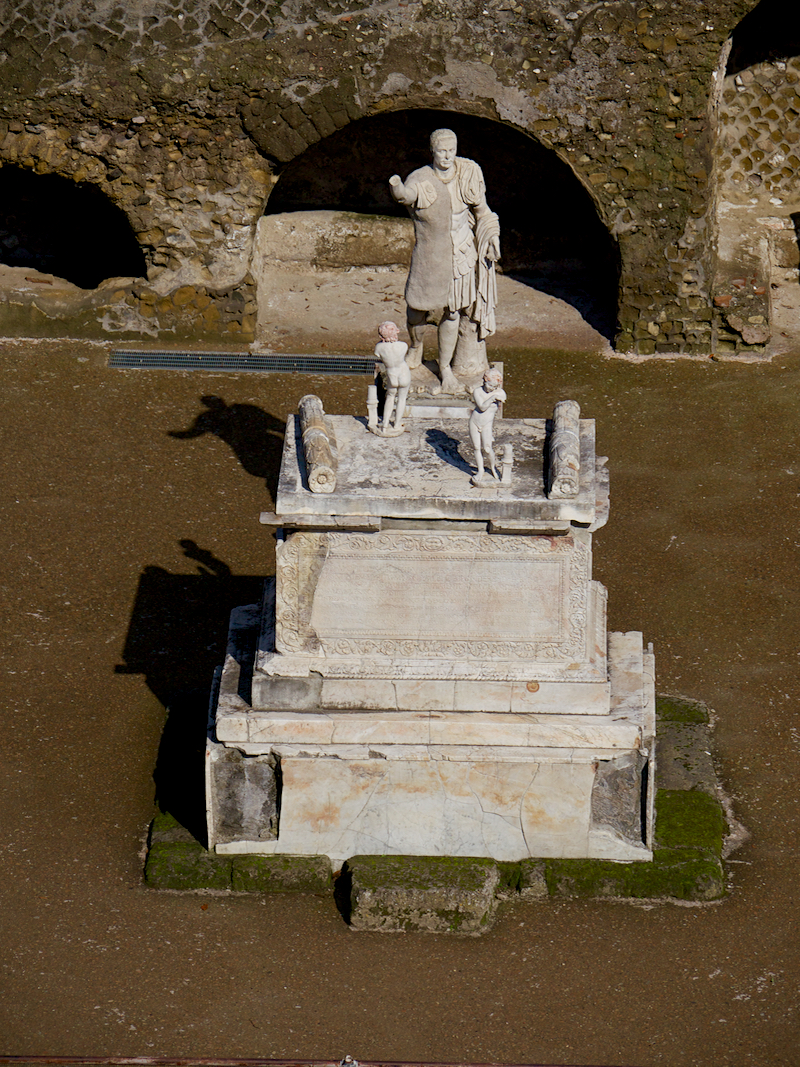
I'm not really sure why the ancients has such a thing about water in fountains coming out of various bodily oriface:
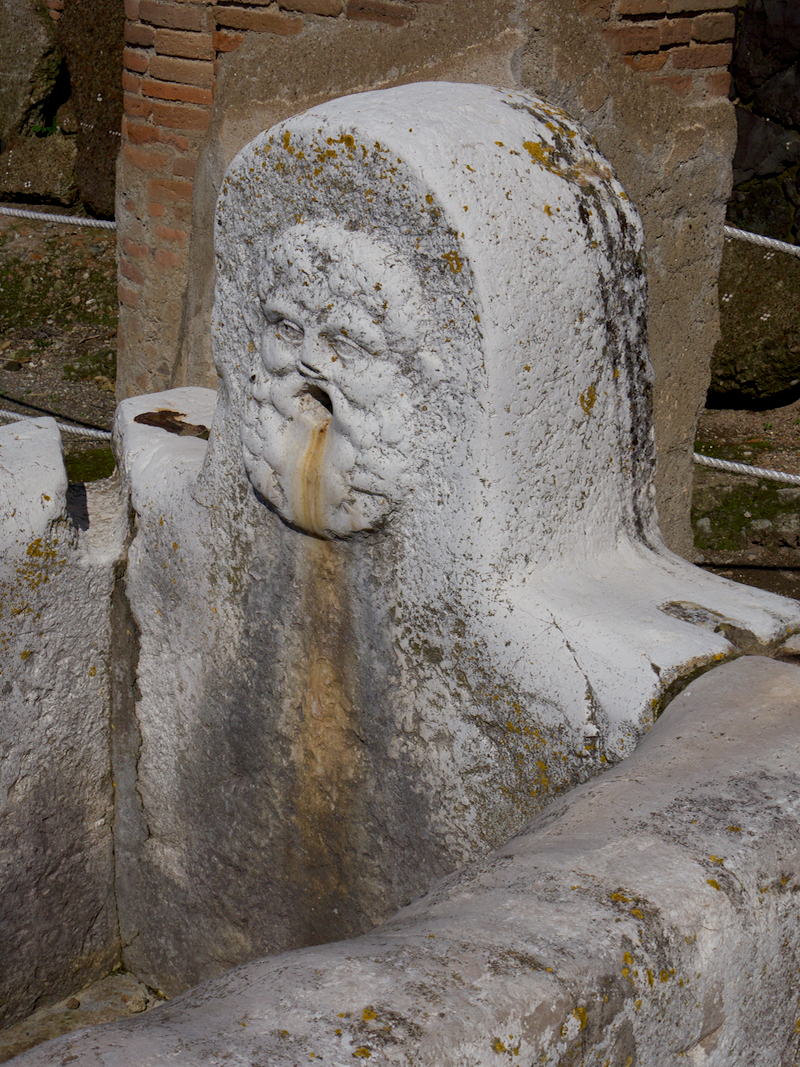
This image shows Herculaneum in the foreground, Ercolano (the modern city) just above it and Mount Vesuvius (the culprit) in the background. The ground level of the modern city gives you a clue as to just how deeply it was buried. 75% is thought to be still buried:
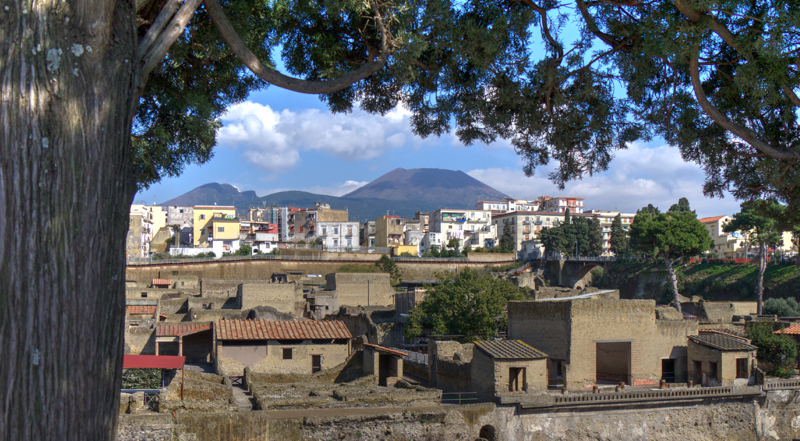
From Herculaneum, I went on to Pompeii, a much more famous and much larger site. Pompeii was buried in the same eruption, but by a different kind of ash which was much hotter and burned out all of the wooden roofs and other organic matter. So the buried city contained mostly external walls and non-organic artifacts like pottery.
Here are a few images:
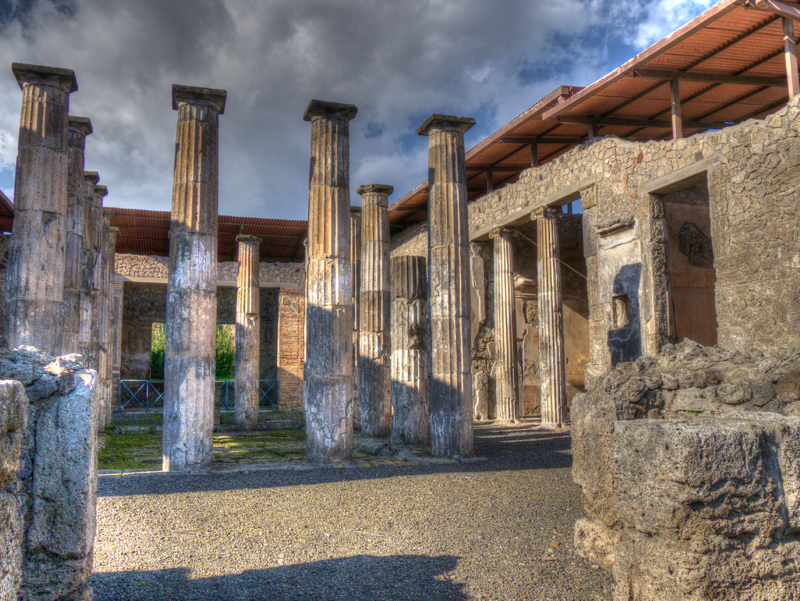
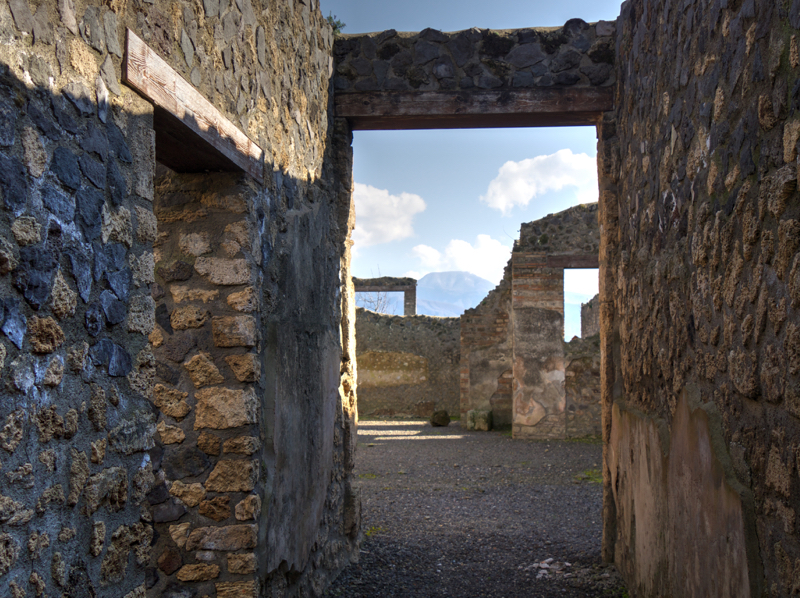
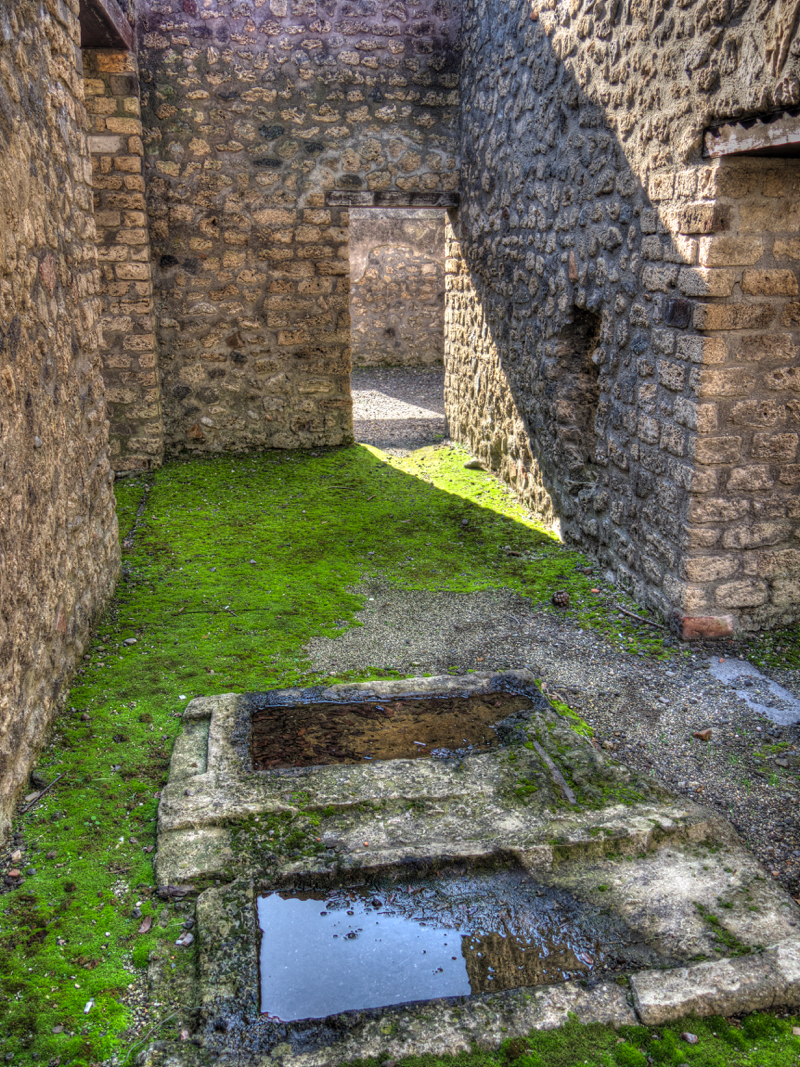
The Arena. The cheap seats were just on the grass. The good seats had a wall to protect you from getting blood on your toga:
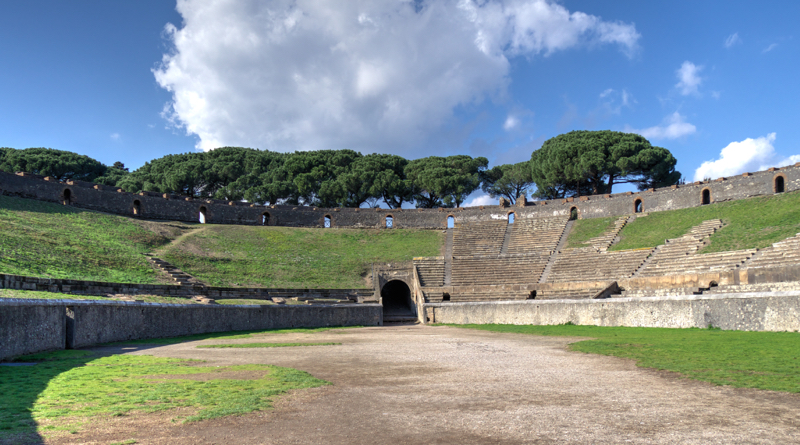
I had some decent clouds in the afternoon mixed in with blue skies:
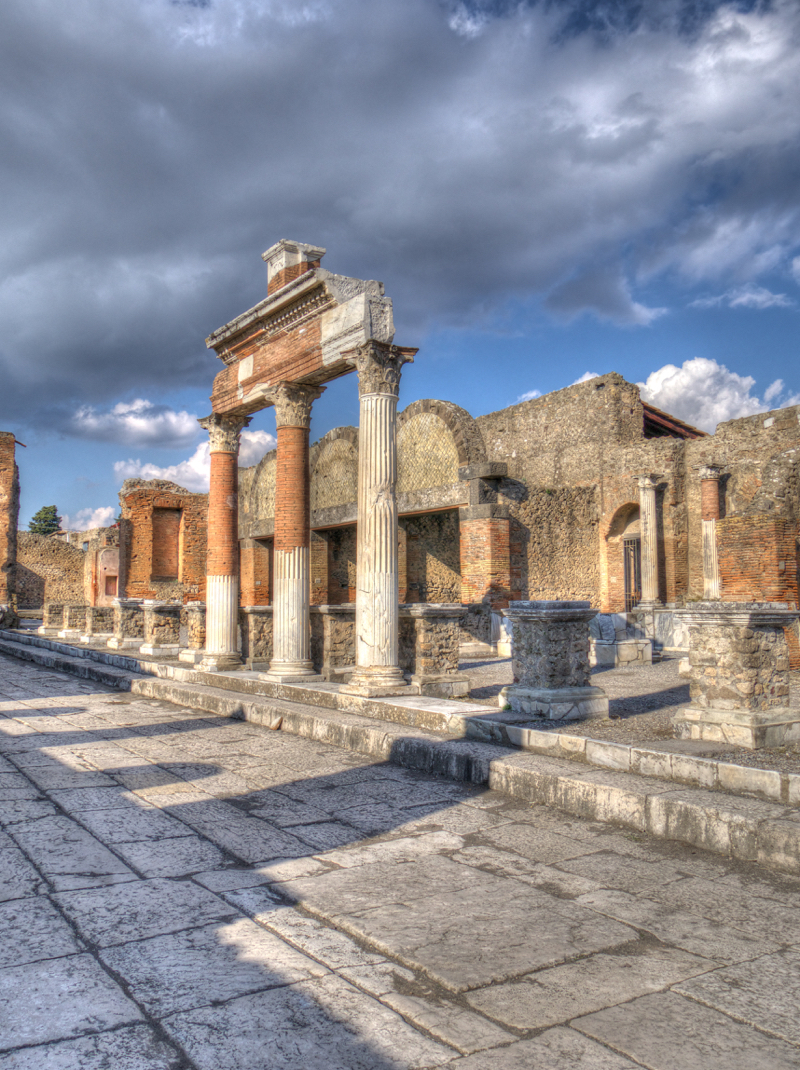
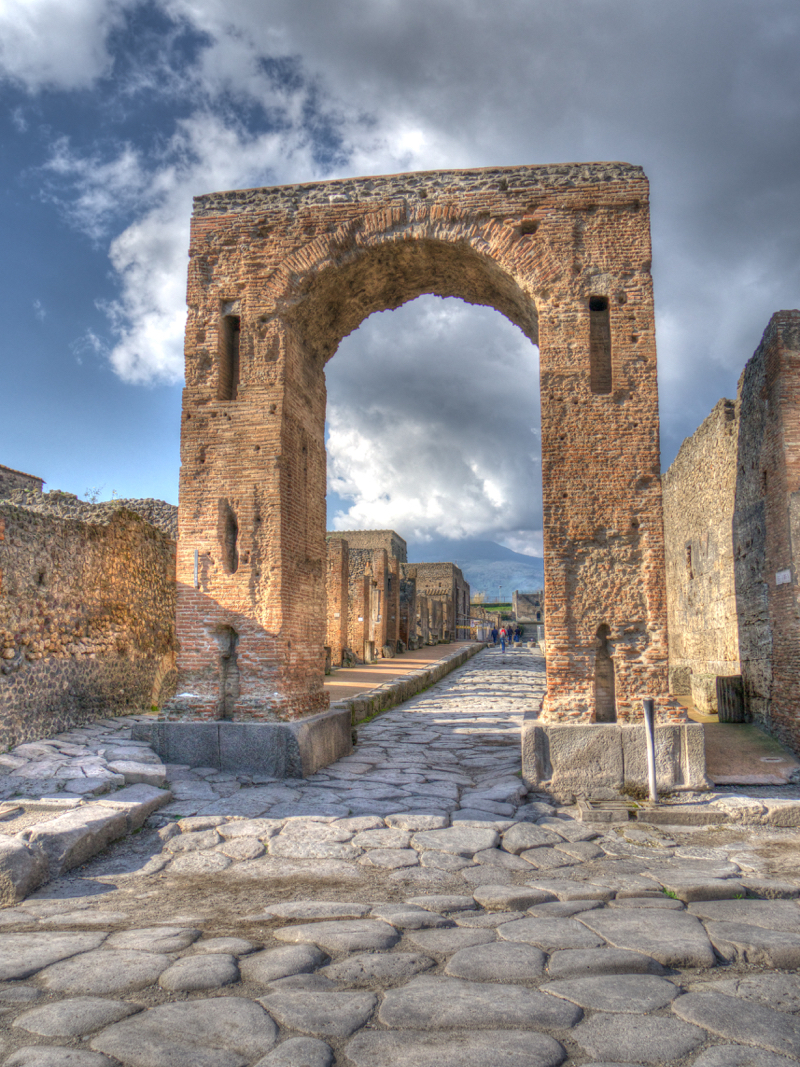
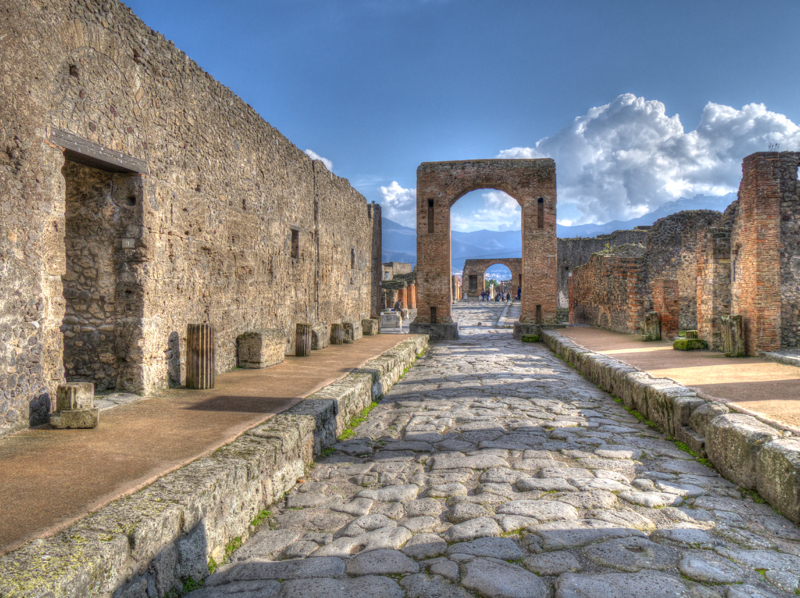
These are some of the earliest known "Speed Bumps" . The Romans took their chariot safety seriously. I hear that around the fall of the empire, they were requiring inflatable goat bladders to protect the driver in a collision.
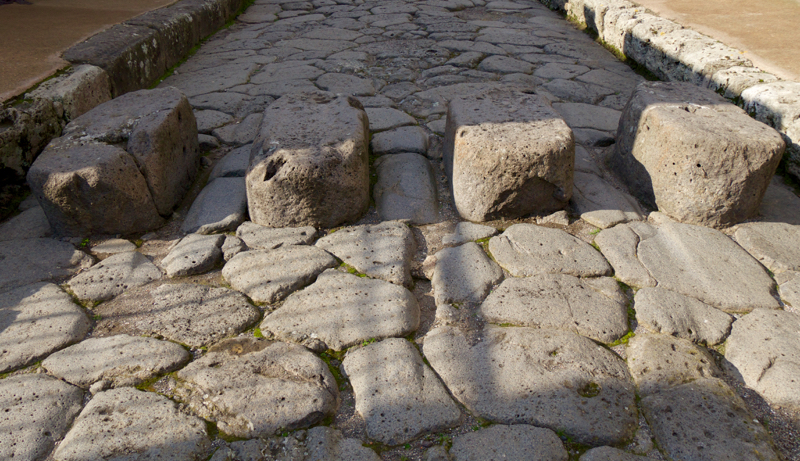
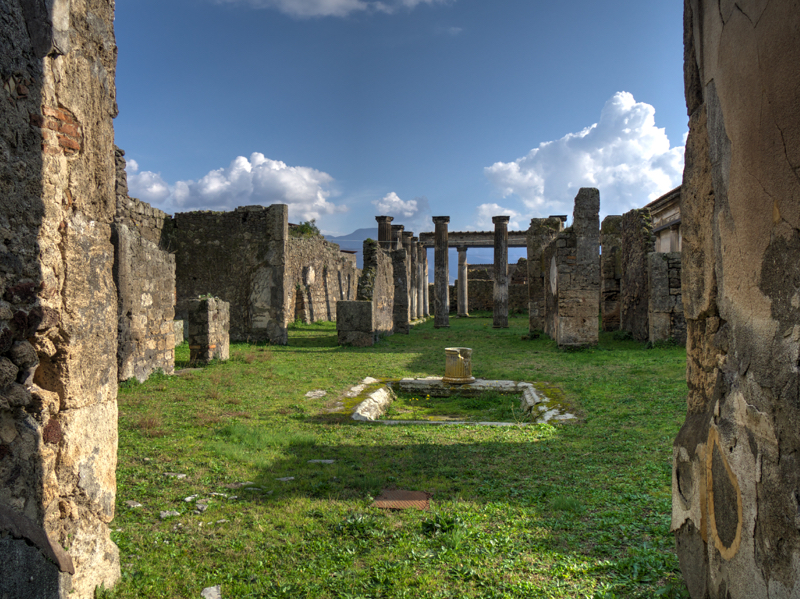
This is not in the archeological site, but it is in Pompeii and had nice golden hour light:
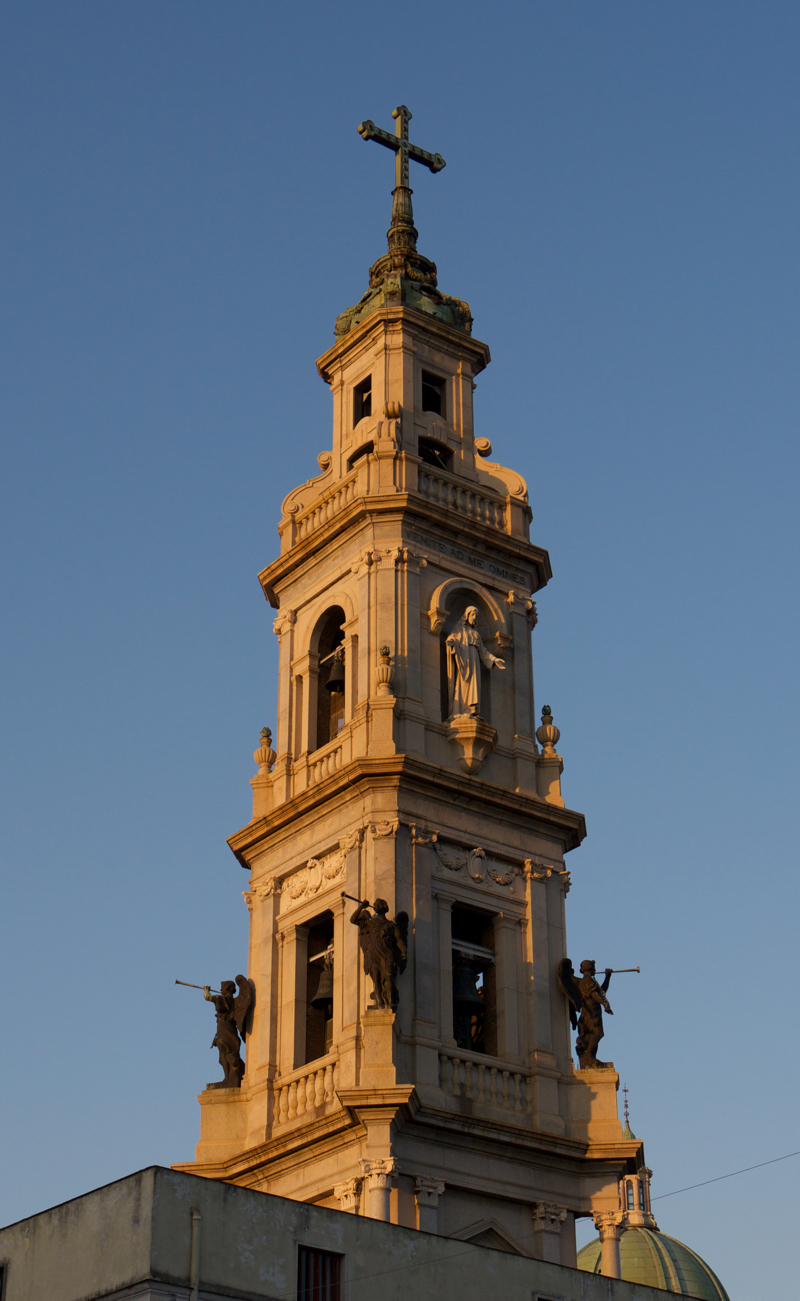
No comments:
Post a Comment